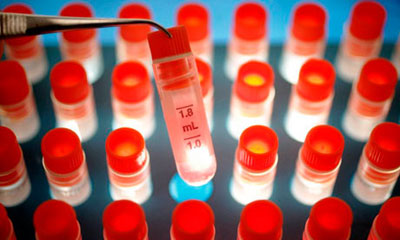The Nobel Committee at Karolinska Medical Institute has announced the names of the winners in medicine and physiology. They are Japanese scientist Shinya Yamanaka and English biologist John Gurdon. Both specialists have been Nobel Prize candidates a few times, and this year luck was on their side. The researchers have won a victory for their development that will promote medicine in the field of generating new tissues and even obtaining copies of whole organisms.

Stem cells are, so to say, “the founding cells” of our body. They are undifferentiated and can grow into any tissue of any organ. Embryos have most stem cells. In the adult body, their number is quite small.
Receiving the material from laboratory embryos is a dubious activity from the ethical point of view. Actually, that is one of the reasons why so many countries have imposed restrictions on the experiments with cloning. Some believed the decision to be correct. It was supported by the people, who believed that the soul appears in the body of an embryo at the moment of conception, whether it is born in the womb or artificially generated in vitro. Their opponents had their own arguments: in their opinion, there is no soul in the laboratory material. In addition, if the embryo is not transplanted into the womb in a matter of two weeks, it will die in any case.
The opposite sides of the dispute filed accusations against each other: the supporters of cloning were accused of immorality, while the opponents were accused of inertia and resistance to changes. It makes the discovery of Shinya Yamanaka even more significant. He created a way of getting stem cells from nonembryonal, specifically iPS-cells (induced pluripotent stem cells). The essence of the method is that the already formed stem cell can be reprogrammed. This means that medicine has the perspective of growing new tissues and organs.
The discovery made by John Gurdon enabled science to advance in the cloning of animals. Gurdon experimented on frogs: he removed kernels from the egg cells of frogs and implanted kernels of adult frogs. Embryos continued to develop, and in 2% of cases they even turned into normal adult frogs.
Both Gurdon and Yamanaka will receive eight million Swedish kronas (about $1.2 million) – this is the size of the Nobel Prize in 2012.










